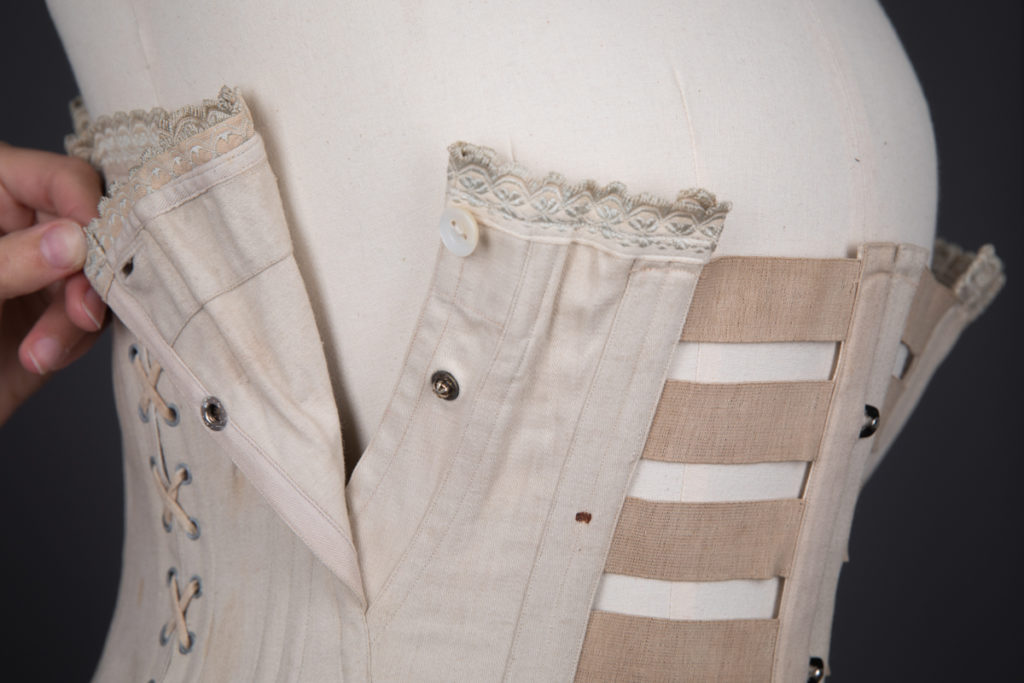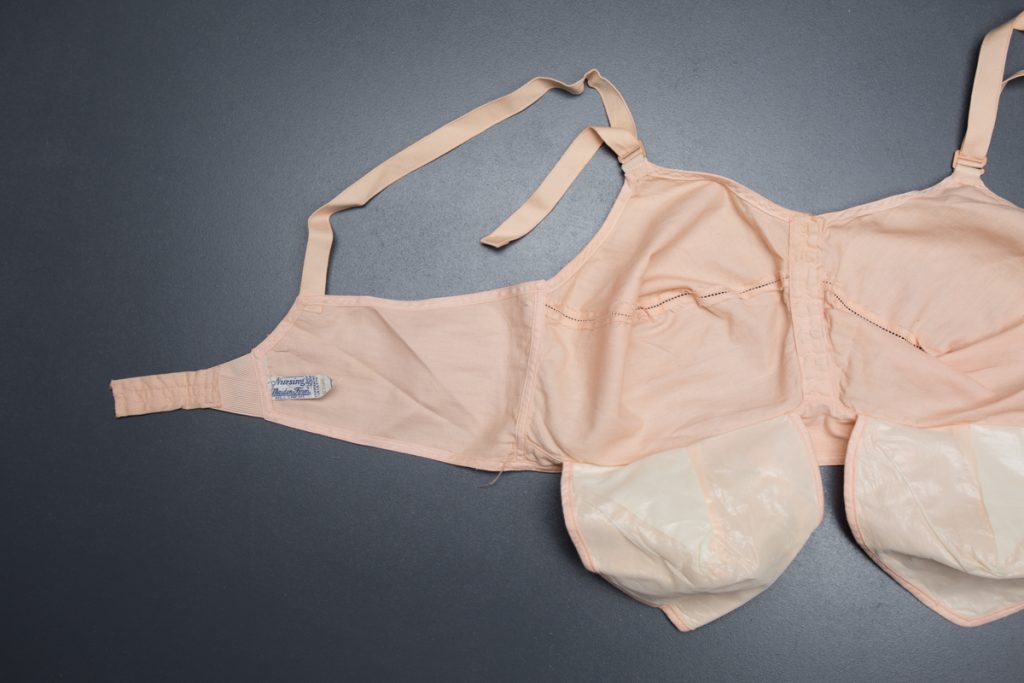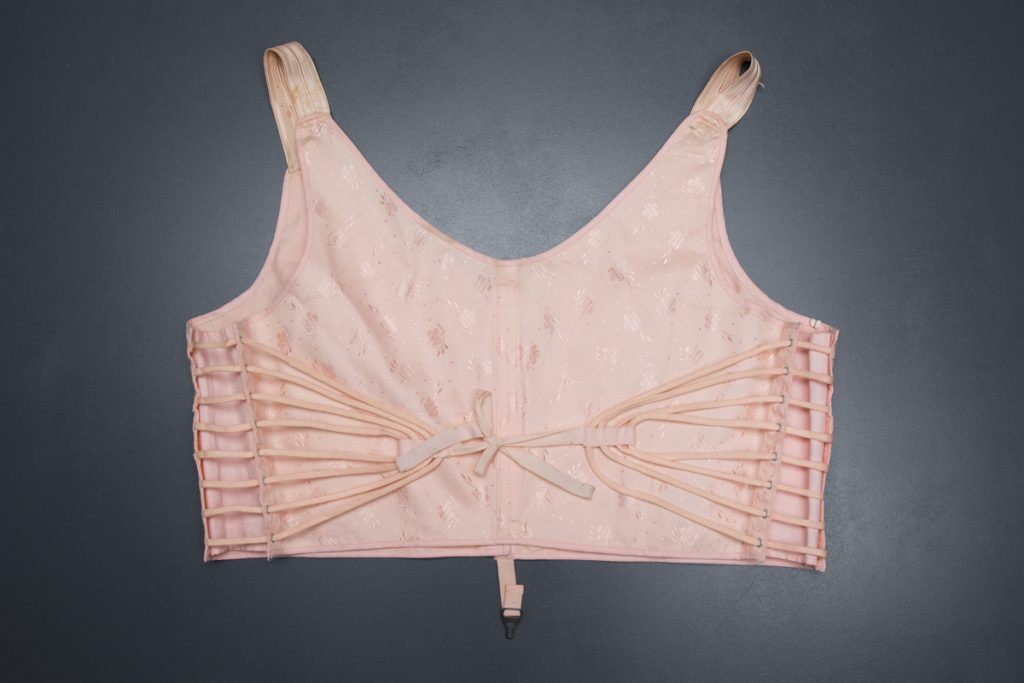The End of Maternal Corsetry
This guest blog post was kindly written by Claire Salmon.
Claire Salmon is currently pursuing an MA in History of Design at the Royal College of Art after having completed a BFA at Parsons School of Design. Her studies focus on women, lingerie and their historical relationship. You can find her on Instagram @clairesal.
The end of the nineteenth century was marked by several political, economic and social changes that permanently affected the fabric of Western communities. To understand how these changes were reflected in the lives of ordinary people, it can be useful to explore their effect on clothing and more specifically, women’s undergarments. The changes that occurred in breastfeeding garments from 1900-1945 illustrate how social, economic and medical practices shaped the objects being designed during that time.

The existence of the maternal and nursing corset might sound oxymoronic to a modern audience but at the time of its invention, it was reasonable at best and essential at worst. Corsets had been a staple garment for women since the late Renaissance and people believed that looseness in clothing was akin to looseness in morals. Therefore, women would not have wanted to give them up regardless of health concerns or maternity. Corsets designed specifically for pregnant women were sold and advertised discreetly in newspapers. Their most telling difference were laces (or elastic) that could be loosened at the sides to allow room for the expanding belly.
Nursing corsets were a commodity for the wealthy and were only invented once wet-nursing started to decline in popularity. This was due in part to a renewed appeal of the motherly archetype which made it acceptable for upper-class women to breastfeed. Most middle- and lower-class women could not afford to buy new clothing simply because they were pregnant and were forced to retreat into the home once their clothing no longer fit.
It is difficult to pinpoint exactly when the brassiere appeared or what triggered its invention, but some historians credit its adoption to the sudden popularity of the tango, a dance that required free movement in the waist that was impossible to achieve with a corset on. Most likely the brassiere was invented to support the breasts as the corset slinked down to cover the hips. Medical professionals encouraged the brassiere for nursing because it was easier to keep clean. As textile technology developed, designers were able to create nursing bras that prevent any leaks from soiling the outer garment such as this Maidenform bra from 1934 that features a glazed cotton insert.

Women’s desire for respectability was exerted through the construction of their public image and that image encompassed motherhood and appearance. The image they were aiming to construct might have been dictated by patriarchal ideals of femininity and gender roles but if that image was well constructed, it offered them as much power and agency as was available at that time. As perceptions of women’s roles changed due to reform, suffrage, and war, there was a brief gap where women were given the space to define themselves. That is the space in which comprehensive amenities for breastfeeding were demanded. These amenities include safer infant formula, nursing accessories such as pumps and bottles, and the availability of hygienic and convenient breastfeeding garments.
A remarkable example of such a garment is the Arvo bra in the museum’s collection from 1941, pictured below. It features adjustable laces that can accommodate a changing figure, front fastenings to aid in its removal, and elastic shoulder straps and side panels to provide an exceptional level of comfort. The tangible changes that occurred in breastfeeding garments serve as a useful tool through which it is possible to understand the medical, social and economic aspects that affected the lives of women who engaged with maternity in the early twentieth century.

